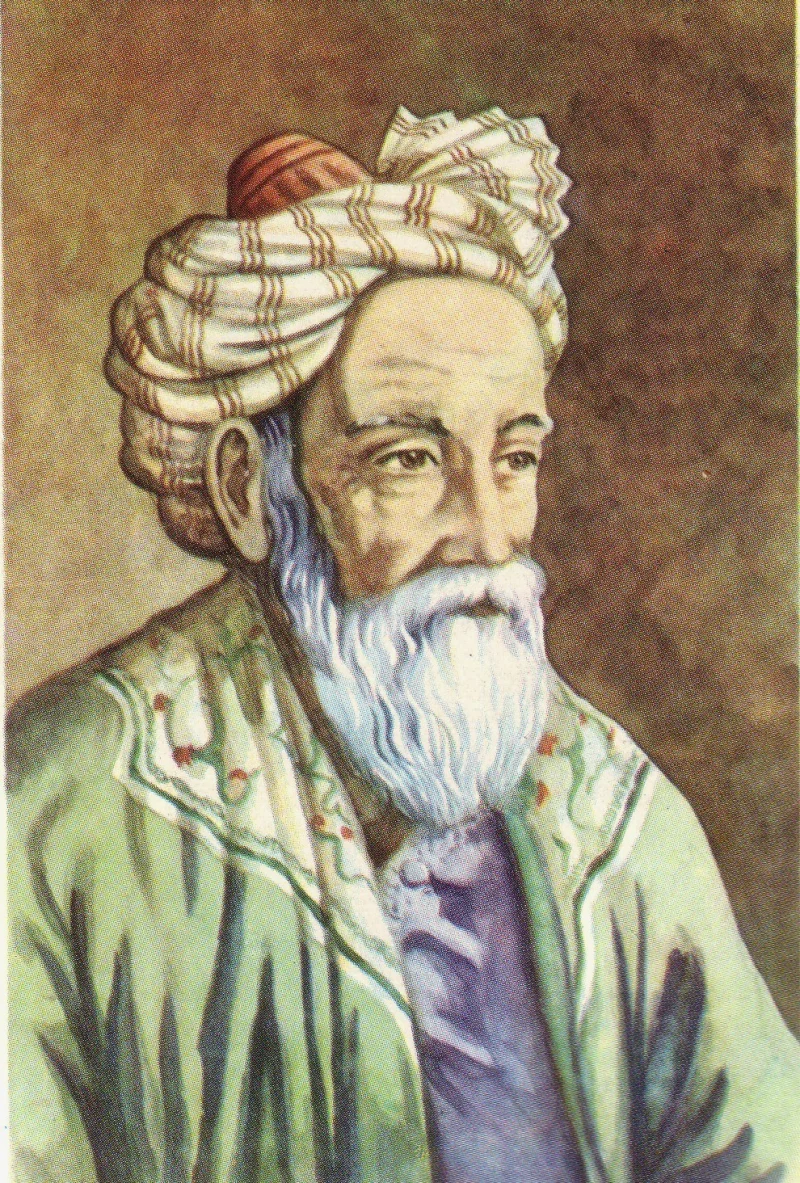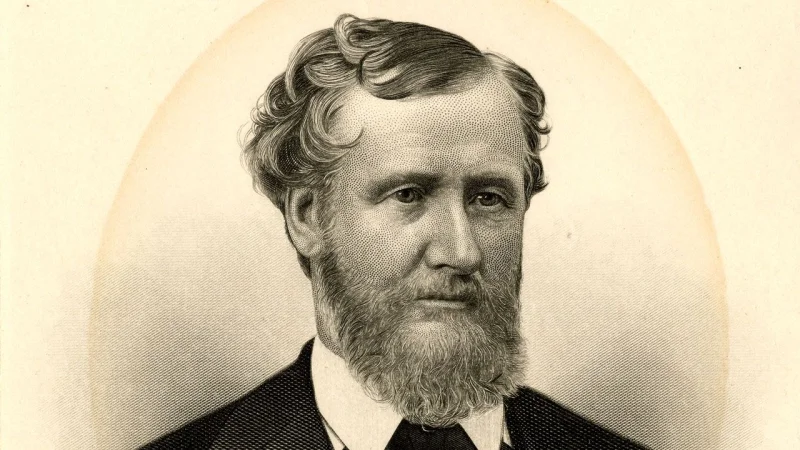Short Summary
Walther Wilhelm Georg Bothe was a renowned German physicist known for his significant contributions to the development of particle physics and nuclear physics. He was awarded the Nobel Prize in Physics in 1954 for his invention of the coincidence method and his discoveries in the field of cosmic rays. Bothe's work played a crucial role in advancing the understanding of atomic particles, making him a pivotal figure in modern physics.
Early Life & Education
Born on January 8, 1891, in Oranienburg, Germany, Walther Bothe grew up in a family that valued education and intellectual pursuits. His father was a schoolteacher, which likely instilled in him a strong academic curiosity from an early age. Bothe attended the Friedrich-Wilhelm University in Berlin, where he studied under the guidance of Max Planck, one of the founding figures of quantum theory. His education was interrupted by World War I, during which he served in the military, but he returned to complete his studies, earning his doctorate in 1914. His early academic influences included the burgeoning field of quantum mechanics, which shaped his future research pursuits.
Career Highlights
Walther Bothe began his professional career at the Physikalisch-Technische Reichsanstalt in Berlin, where he conducted significant research on radioactivity and cosmic rays. In 1924, he developed the coincidence method, a groundbreaking technique that allowed for the precise detection of simultaneous events in particle physics. He later held professorships at the University of Giessen and the University of Heidelberg, where he continued his pioneering research. During World War II, Bothe contributed to Germany's nuclear energy project. His career was marked by his role in bridging the gap between theoretical physics and experimental research, influencing generations of physicists.
Major Achievements
- Developed the coincidence method, a pivotal technique in particle physics that helped detect simultaneous events.
- Contributed to the understanding of cosmic rays, furthering knowledge of high-energy particles from outer space.
- Awarded the Nobel Prize in Physics in 1954, shared with Max Born, for his advancements in quantum mechanics and particle physics.
- Played a significant role in Germany's nuclear energy research during World War II.
Famous Quotes
- "The coincidence method is indispensable for the study of nuclear reactions and the structure of matter."
Interesting Facts
- Bothe's work on cosmic rays paved the way for future research into particle accelerators.
- He trained numerous students who went on to become prominent physicists in their own right.
- Bothe was also an accomplished pianist, dedicating much of his leisure time to music.
Legacy / Influence
Walther Bothe's legacy is firmly entrenched in the world of physics, particularly in the study of particle and nuclear physics. His development of the coincidence method revolutionized experimental techniques, allowing for more precise measurements and a deeper understanding of atomic particles. His contributions laid the groundwork for numerous advancements in physics, influencing both theoretical and experimental research for decades.
FAQ
Q: Why is Walther Bothe famous?
A: He is famous for developing the coincidence method and making significant contributions to particle and nuclear physics.
Q: What award did he receive for his work?
A: He received the Nobel Prize in Physics in 1954.
Q: What was his role during World War II?
A: He contributed to Germany's nuclear energy project.













